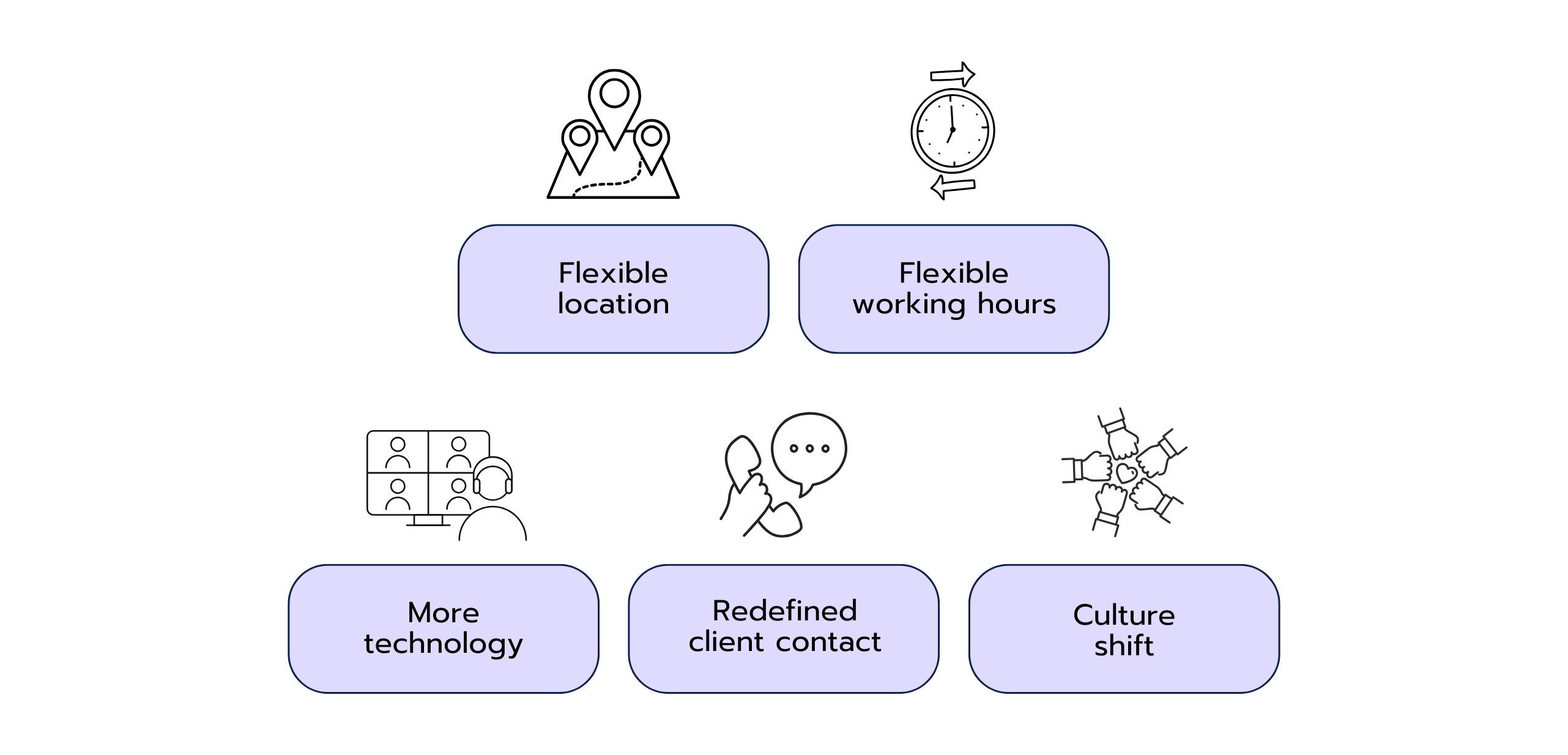In management consulting, it was common for consultants to work on-site with clients for a long time. Projects were typically carried out in small teams – and in the client’s office. This allowed you to work closely with the client team, respond quickly, build trust, and focus entirely on the challenges at hand. Everything was designed to ensure you spent as much time as possible with the client. The downside: a lot of flights, a lot of hotel nights – in short: living out of a suitcase.
A good example from the Middle East illustrates this well: Until 2020, many consulting firms had their offices in Dubai, the largest city in the region. However, only a few consultants actually worked there; most were deployed in cities like Abu Dhabi, Al Ain, or neighboring countries such as Saudi Arabia (e.g., Riyadh, Jeddah), Qatar, Kuwait, or Oman. The typical weekly routine: flying out very early on Monday (or Sunday), going straight to the client’s office, working there until Wednesday – then flying back to Dubai in the evening. Thursday was spent either in the office in Dubai or working from home. This model was the norm for many years.
Then came 2020 – and with the pandemic, everything changed. Air travel came to a standstill, and in-person meetings were hardly possible anymore. As a result, one of the most important pillars of consulting was put to the test: working directly on-site with clients. Instead, remote work took over – bringing many changes to the everyday life of consultants. Let’s take a look at what exactly changed, step by step.





